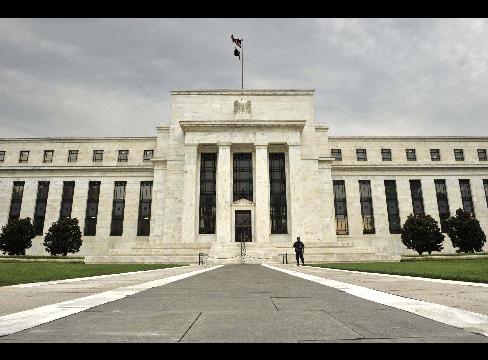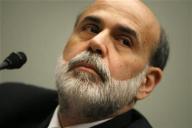– Canada Just Warned That Negative Interest Rates Are Coming:
Moments ago, the Bank of Canada’s chief finally said what we had been patiently waiting for over the past several months: admission that Europe’s experiment with negative rates is about to cross the Atlantic. From Market News:
- BOC POLOZ: NOW SEES EFFECTIVE LOWER BOUND FOR POLICY RATE AROUND -0.5%
- BOC POLOZ: CANADN FIN MKTS COULD FUNCTION IN A NEG INT RATE ENVRIONMNT
- BOC POLOZ: ‘SHOULD THE NEED ARISE’ FOR UNCONVENTIONAL MONETARY POLICY, ‘WE’LL BE READY’
That, as they say, is “forward guidance” of what is coming.
And what is coming, is also precisely what Keith Dicker from IceCap Asset Management said in his latest monthly letter, would happen in Canada in the very near future. To wit:
Read moreCanada Just Warned That Negative Interest Rates Are Coming







